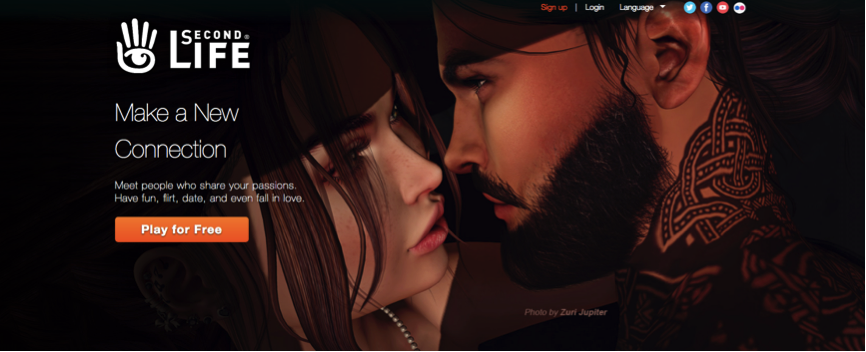When I first began researching animated documentaries, over 10 years ago, I remember being asked at an art-related conference “but where do you find your case studies”? Indeed, at the time a challenging part of the research process was to put together a substantial list of contemporary examples. The situation has changed dramatically since then. In fact, searching for “animated documentary” videos on Google now renders millions of results and includes wide-ranging topics and media. Although classifications differ,[i] Sheila Sofian’s 2005 inclusive definition of animated documentaries as ‘any animated film that deals with non-fiction material’[ii] highlights that the different fields of non-fiction such as journalism, forensics, education and information are related in different ways, widening concepts about what documentary is and may become.[iii]
Animated documentaries are not a new phenomenon but their visibility has definitely proliferated in recent decades.[iv] Whereas animated documentaries may have seemed oxymoronic to some not very long ago, today they are a usual part of documentary film festivals and are increasingly created in feature-length form. It could also be argued, however, that their acceptance or perceived veracity is still overshadowed by live-action film and photography. This claim is strengthened by the continued use of and reliance on varied documentary conventions such as photographs and audio interviews, mostly attempting to add credibility to the animated visuals (which therefore would seem to lack enough credibility without such additions).
As animation becomes ubiquitous in contemporary culture[v] and ‘is increasingly fundamental to processes of knowledge production’,[vi] I find myself most interested in the credibility of contemporary animated documentary in a culture that is progressively virtualized and dependent on animated information. Which aspects of today’s realities require new visualization methods, and why?
While working on a forthcoming book about virtual documentaries (i.e. documentaries that depict, capture, and reflect upon contemporary virtualized screen culture) and the role of animation in today’s digital landscape I encountered a 2018 advert for the online world of Second Life (SL) that features an image of fairly realistic-looking animated avatars kissing (see Figure 1), and which included a credit that stated ‘photo by . . .’. Is this indeed a photograph, as the credit asserts? Does this image function in the same way that a photo may have done in the past, as a document? If so, what exactly does it document? Is it a photo of an animated scenario, or is animation now photographic because it can both achieve hyper-realistic imagery and capture footage of what happens on screen, capturing people’s actions that are now regularly mediated through screens and graphic interfaces? Does this animated image/photo depict an actual experience, albeit not in the physical world but rather online? And can such differentiations be upheld in an era of mixed realities? The many questions that such visualization raises demonstrate the blurred boundaries that exist today. Not only are real and virtual experiences combined in these contexts, the aesthetics used, how they are defined and how this influences viewer expectations regarding the imagery’s functions and believability are also unclear. New debates are thus clearly essential for this continually developing field.

As technology shapes culture, contemporary virtual realities—ubiquitous screens and the centrality of online platforms—require new visualization methods. Once virtual screen worlds become interactive, the on-screen world becomes an in-screen world, in which the user-viewer plays an active role. Animation has become central as a virtual aesthetic because it uses dynamic moving imagery that can respond in real-time to user input. Since our contemporary mixed reality includes the virtual as well as the physical, new theorizations of documentary that transcend the capacity of photography are required, for photography both resembles and relies on material reality. For documentaries to remain relevant depictions of contemporary mixed realities they must include animation, a central visual language depicting user input in virtual realms. This changes the way animation has been approached in documentary theory and, hopefully, opens up new questions in the future.
References
Balsom, Erika and Hila Peleg, Documentary across Disciplines (Cambridge, MA: MIT press, 2016).
Buchan, Suzanne (ed.), Pervasive Animation (New York: Routledge, 2013).
Ehrlich, Nea, ‘Indeterminate and intermediate or animated non-fiction: Why now?’, in Jonathan Murray and Nea Ehrlich (eds.), Drawn from Life: Issues and Themes in Animated Documentary Cinema (Edinburgh: Edinburgh University Press, 2019), pp. 47–68.
Honess Roe, Annabelle, Animated Documentary (Basingstoke: Palgrave Macmillan, 2013).
Leslie, Esther and Joel McKim. ‘Life remade: Critical animation in the digital age’, Animation 12(3), 2017, pp. 207-213.
Skoller, Jeffrey, ‘Introduction to the special issue ‘Making it (un)real:
Contemporary theories and practices in documentary animation’’, Animation: An Interdisciplinary Journal 6(3), 2011, pp. 207–214.
Sofian, Sheila, ‘The truth in pictures’, FPS Magazine, March 2005, pp. 7–11.
Nea Ehrlich is a lecturer at the Department of the Arts at Ben-Gurion University of the Negev in Israel. She completed her post-doctoral fellowship at the Polonsky Academy of Advanced Study at the Van Leer Jerusalem Institute, after having received her PhD from the Department of Art History at the University of Edinburgh. She co-edited Drawn from Life, the first anthology about animated documentaries, in 2018 (Runner-Up for Best Edited Collection 2020 by the British Association of Film, Television and Screen Studies Awards). Her book, Animating Truth: Documentary and Visual Culture in the 21st Century (forthcoming in 2021 by Edinburgh University Press), analyzes the rise of virtual documentaries indicating the mixed realities of the era. Her next project examines machine vision, AI, and human-robot interaction through the lens of contemporary art.
[i] For more on attempts at definitions see Skoller, ’Introduction to the special issue‘, p. 208.
[ii] Sofian, ’The truth in pictures‘: 7-11.
[iii] See Balsom and Peleg, Documentary across Disciplines.
[iv] See Honess Roe, Animated Documentary; Ehrlich ‘Indeterminate and intermediate’; Cristina Formenti’s forthcoming 2021 book, The Classical Animated Documentary and Its Contemporary Evolution.
[v] See Buchan, Pervasive Animation.
[vi] Leslie and McKim, ‘Life remade’, p. 207.
